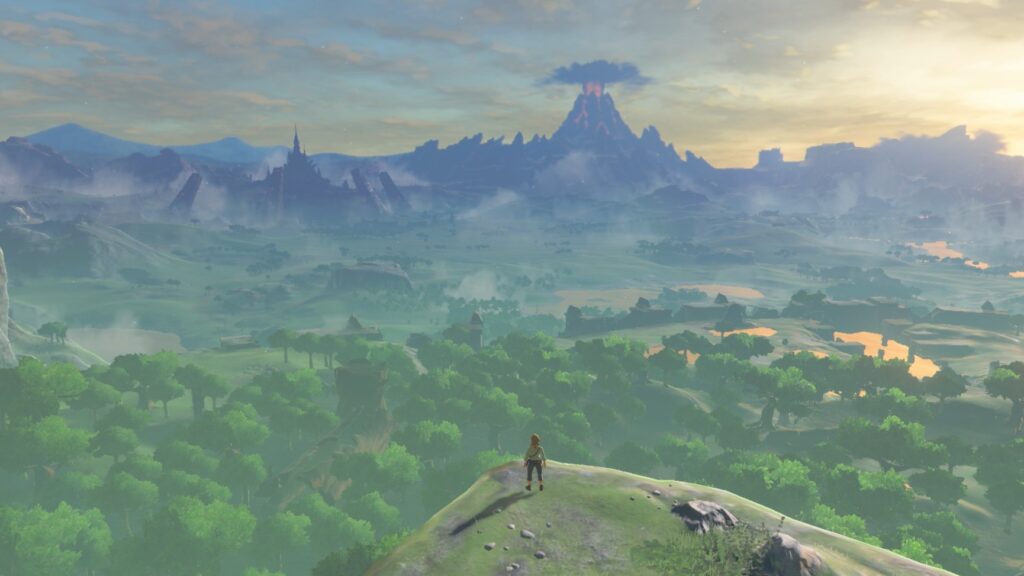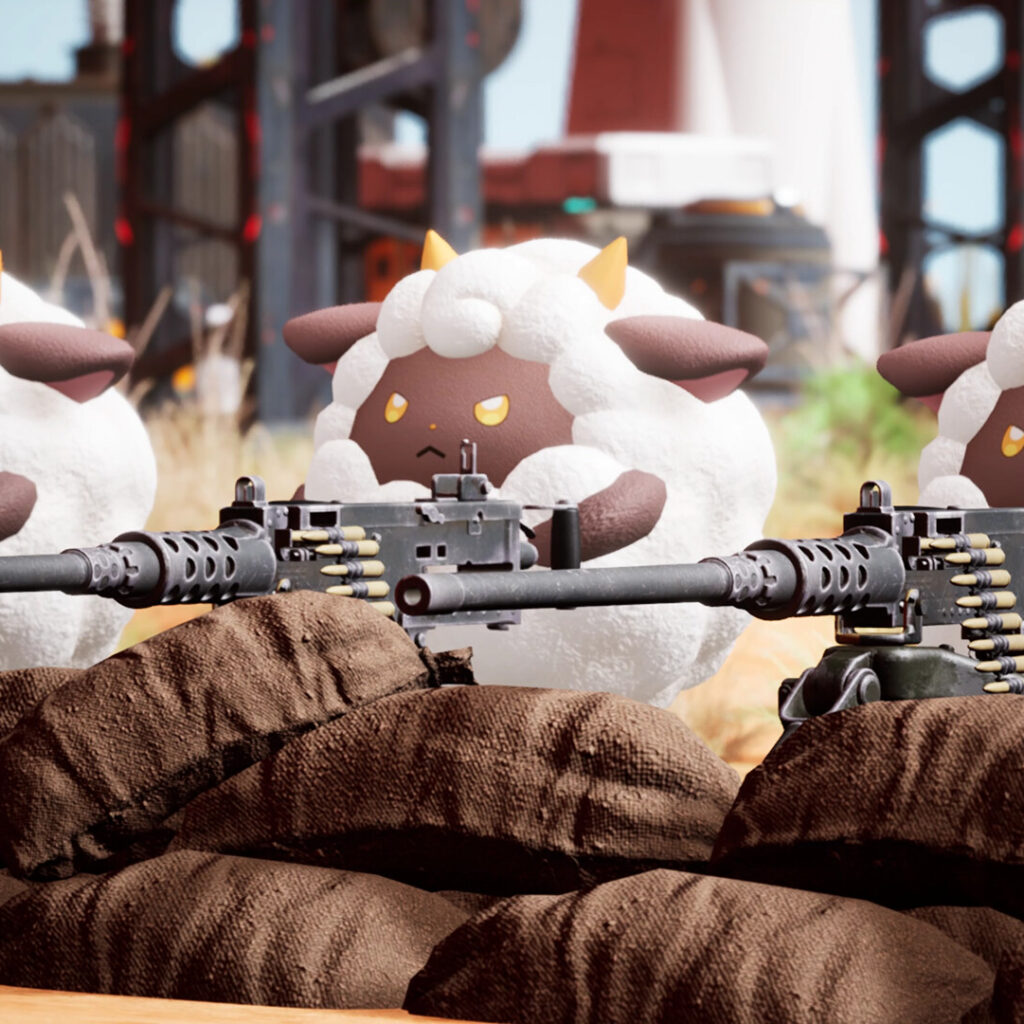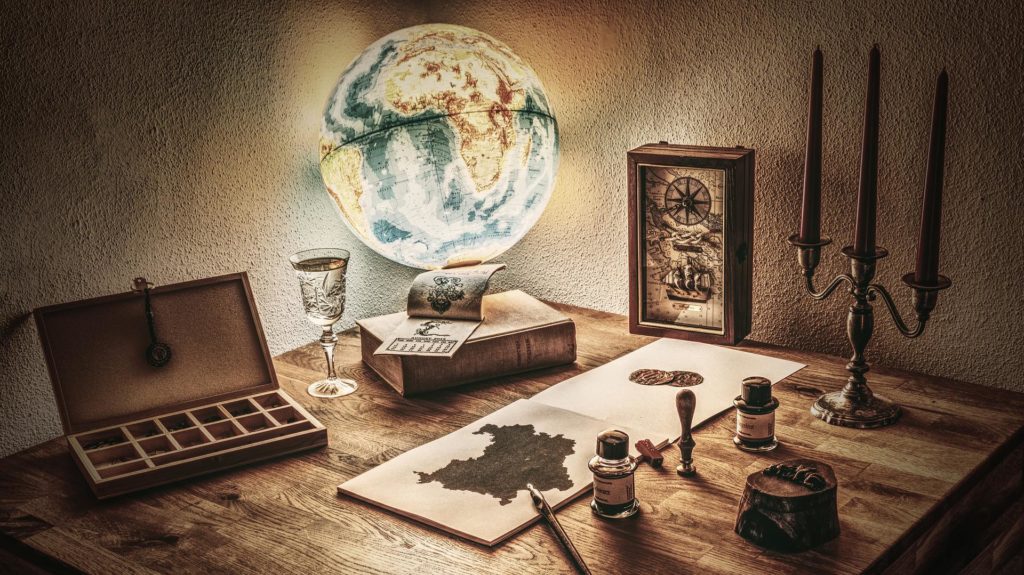The game world is one of the most important parts of many kinds of games. If you’ve played open-world RPGs like Skyrim and Fallout, you may have noticed how important they are: you’re free to go wherever you please, so whatever route you take, the world must seem to work as flawlessly as ever. But how to design a game world that can fill all expectations?
You see, the importance doesn’t rest just on open-world RPGs. It’s also important for many other kinds of games, RPGs or not, as it helps to make the experience more immersive. Franchises like Diablo, Borderlands, and Half-Life provide an immersive experience and an amazing game world without letting you roam around too much.
Creating a new world is an entire art by itself, commonly called worldbuilding, and it shares many similarities with building words for other kinds of media, such as books and movies. Let’s see today how to design a game world the right way!
You may also like: Is Pokémon a JRPG? Understand the genre and its quirks
What is a game world?
Before diving into the steps in how to design a game world, you should keep in mind the basic concepts of such an artistic milestone.
A game world is an imaginary world in which a video game takes place. Game worlds are designed to provide players with a realistic and immersive experience while playing the game. The fundamentals of game world design include exploration, open-world design, animation, and more.

Depending on the type of game, different elements will be included in the design of the game world. For example, games like The Elder Scrolls or Grand Theft Auto feature open-world exploration that allows players to explore the entire map rather than being limited to one area or level.
On the other hand, games like Tetris or Candy Crush require a much more finite and predetermined space in order to complete objectives within the allotted time limit. Regardless of what type of game you’re playing, it’s important to understand the fundamentals of game world design to create an enjoyable experience for all players involved.
How to design a game world: 4 tips and tricks
Designing a good game world takes a lot of effort and a lot of practice. Trust me, you won’t get it right the first time. Still, you have to start somewhere, so we’ll give you some tips on how you can do that.
1 – Define the theme
The first thing you should do is go ahead and choose your world’s theme or genre. That is, whether it’s a fantasy medieval world, futuristic sci-fi, post-apocalyptic, that kind of stuff. You’re free to choose whatever type of theme and epoch you think may fit your vision, and you’re also free to mix and match. The most important thing, though, is to be consistent.
Unless you’re going for comedic effect (and even then, you should be careful), you need to establish rules about what is “allowed” in your world and what isn’t. That means what kind of technology and magic should be available, if any. Straying away from this can leave your players feeling cheated on and break their immersion, so it’s important to be careful.
2 – Get information
Players feel more immersed when events, technology, and magic are all internally consistent, even when they’re unrealistic. If you’re going for science fiction, you’ll have more freedom in choosing how far from reality you want to be, as long as you don’t cling too much to the cliches of the genre.
However, if you’re going for a world set in some time in the past – or based on a past period, such as the Middle Ages – it’s a good idea to get more information on those time frames in order to have a better idea of what you should or could do. Knowing this is essential to learn how to design a game world.

You don’t really need to follow the information to the letter, especially if the world you’re creating has no relation to our own, but that information can help a lot in worldbuilding.
The channel Shadversity, for example, has a playlist of medieval misconceptions, which can help you create a medieval-style world, and Runesmith has a playlist about worldbuilding for D&D which can also help with that.
Playing games, reading books and watching movies and shows, analyzing their world and what makes it good (or not good) is also a good way to learn more about what people expect from a world and what your world should or shouldn’t have.
3 – Create the world
Next, you’ll want to create your “world”. World in a figurative sense, because, if you’re going for an epic sci-fi adventure, you may have multiple planets to create. But also in a literal sense: you’ll need to create the terrain, the mountains, the forests, the seas – of course, if they aren’t a Martian wasteland or something.
Creating the terrain, as well as its fauna and its flora, is what will allow you to place people and settlements later on. In our history, the terrain is what led people to choose their own places to settle, normally doing so close to rivers and the sea, as that helped to supply them with fresh water and food, and later on allowed them to trade with other settlements.
Building the terrain also has its own rules, which you’ll want to look into too. For example: water always goes to the lowest spots. So, unless your river is magical, you’ll want to start your rivers on mountains or mesas and make it go down to other rivers or a sea or ocean.
4 – Create the people
With the terrain ready, it’s time to put the people on it. This is the hardest part, although people don’t really realize it. Our world has an immense variety of cultures, and things can change even from one city to the other. So, you can’t really expect things to be the same everywhere.
You’ll need to think about species, races, religions, traditions, rituals, clothing, history, architecture, politics, economics, and much much more. There is really a lot of stuff to think about, so you’ll miss some stuff when you begin worldbuilding, and should later get back to it.
It’s a matter of practicing: start creating your world, look for more information on the time setting and on worldbuilding itself, then go back and apply what you learned. It may make a mess, but you can just start again later on if you need to. Just make sure not to start putting it into your game unless you’re sure you want it to happen inside that world!

Looking for an immersive game?
You don’t need to learn how to design a game world by yourself – we can make it for you! Whether you have a fully fleshed-out concept or just a glimmer of an idea for a game, we at Main Leaf are here to turn your vision into reality.
With over a decade of experience crafting truly incredible games for our clients, we’re the most affordable and best-prepared partner to bring your dream game to life. We can handle everything from concept development and art design to programming and implementation, using the latest technologies to create a game that stands out from the crowd. Contact us today for a free consultation and let’s get started building your upcoming masterpiece as soon as possible!

